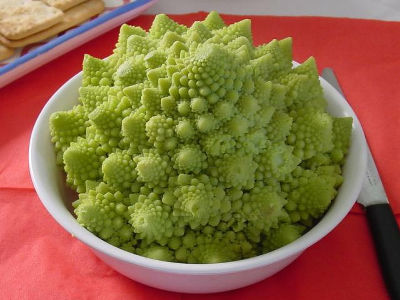How much vegetables originating from the new continent are on the table

ByPhil dokas
Many vegetables and cereals were brought back to Europe by Columbus and others and spread to the world, how much food actually originates from the Americas? Some may have heard somewhere, such as tomatoes, potatoes, peppers, corn, etc.
However, if you examine it in practice, many of the ingredients we see on a daily basis and famous ingredients used in typical cuisines around the world also finally spread all over the world after the Great Voyage It is understood that it is. I focused on the plants that I can eat here and tried it.
◆ root crops
· Sweet potato (Satsuma potato)
Central America, South Mexico is native. It was brought back to Europe by the Spaniards at the end of the 15th century and then spread to Southeast Asia and China by the end of the 16th century. Although there seems to be a hypothesis, it was brought to Japan by the Satsuma from the Ryukyus around the 17th century, so it became the name Satsuma potato.
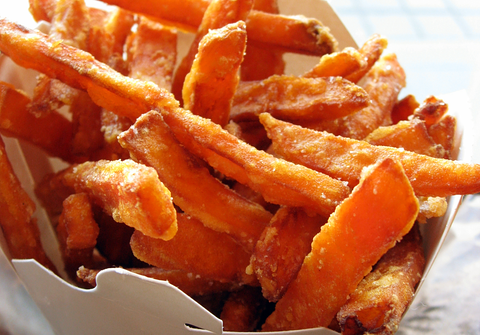
BySifu Renka
· Potato (potato)
It was native to the southern part of Peru in South America, around Lake Titicaca and passed throughout Europe through multiple routes in the 16th century. In Germany, during the famine of the 18th century, Great King Frederick encouraged cultivation and made it very popular. It is strongly harvested against cold and bird harm, so it is counted as one of the "four world biggest crops". It is said to have been introduced to Japan from Jagata (the capital city of Indonesia today, Jakarta) on Java Island, and its pronunciation has been reduced to become potatoes.
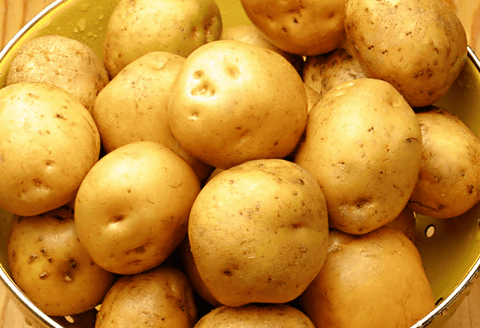
ByDag Endresen
◆ Spices
· Capsicum (red pepper)
Mexico was native and Columbus brought back to Europe for the first time. After that, it was also introduced to India and Southeast Asia during the 16th century, and it will become an important seasoning for various dishes. It was introduced to Japan by a Portuguese missionary in the 16th century. It is said that it was reported to the Korean Peninsula for the first time when Toyotomi Hideyoshi's expedition to the Korea expedition.
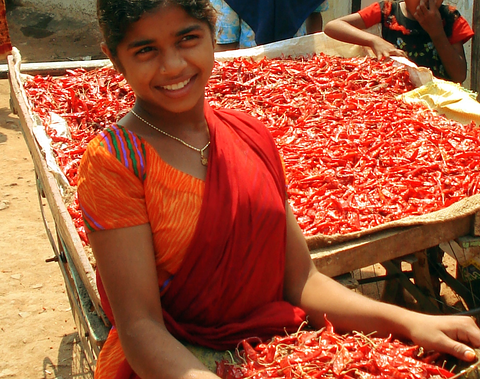
ByWaterdotorg
◆ fruit vegetables
·zucchini
Central America is native, but the area has not been identified. It was brought to Europe in the 16th century, but since it was introduced in the 20th century that it was popularly spread and served in earnest, it was introduced to British cooking researchers and the popularity started to appear It is tracing. It was in the 1980s that Japan began to become major in Japan.
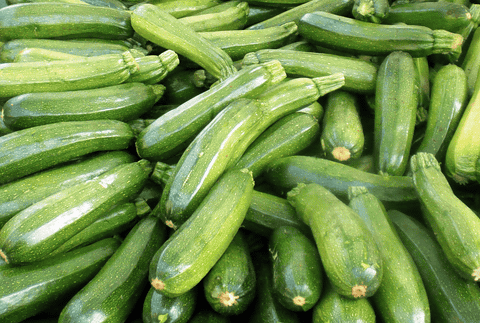
ByH-bomb
·green pepper
Tropical American is a kind of native pepper. Various breed improvements have been made after the arrival in Europe, and it is in the shape of current green peppers, and although it is red pepper, it does not contain capsaicin. Although it seems to have been introduced also to Japan during the Edo period, the edible form in its present form has been in the Meiji era, and the ones introduced from the United States have spread.
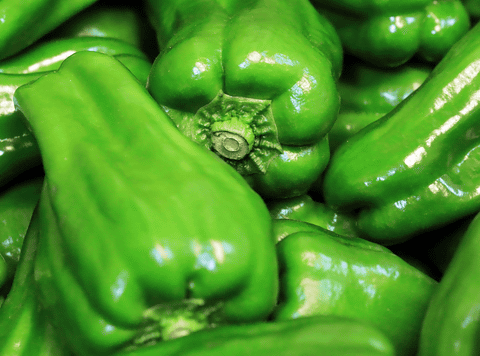
ByKakub1n
· Corn (corn)
Central America is said to be native, it was a staple food that supported Aztec civilization, Maya civilization. Columbus told Europe in 1492. Since then, it has spread all over the world during the 16th century and has become an important crop spreading, it is counted as one of the "three biggest grains in the world". It was introduced to Japan in 1579, but since it was brought in through the United States in the early Meiji period, it became popular.
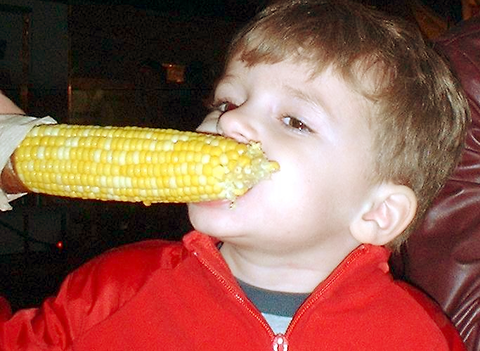
ByOnion
· Pumpkin (pumpkin)
It is widely used as the origin of the Americas. Pumpkin which is mainly eaten in Japan is native to the Andes highlands. It was introduced to Europe at the end of the 15th century, and then brought to Japan by the Portuguese. At this time, it is said that it became the name of pumpkin because it came in via Cambodia.
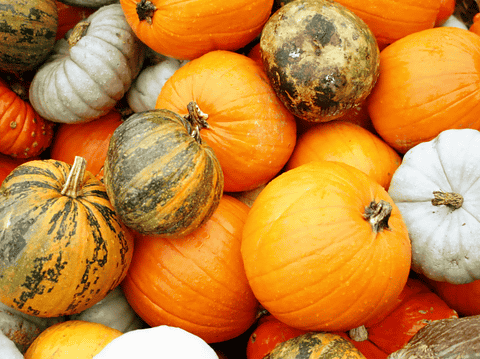
BySomebox
·Tomato
The Andean plateau of Latin America is native. It is said that it was brought to Europe by the Cortez in the 16 th century. Initially it was thought to be poisonous as it entered Europe, it is considered to be for ornamental, and it began in the 18th century when it began to eat. It was during the Edo period that I came into Japan, but since the Meiji period it became popular and actually came to dinner table.
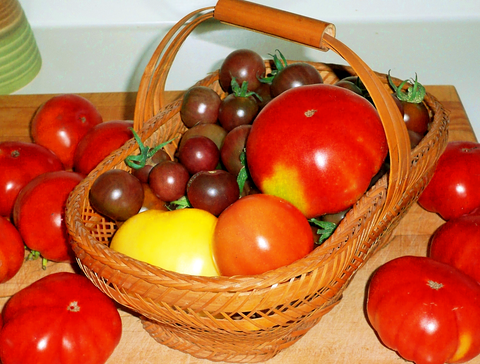
ByCampobello Island
· Kidney beans
Native to Central America. It was passed on to Europe at the end of the 15th century and spread widely. To Japan, it became the name of kidney bean because the Zen master, originally naturalized from Ming in 1654, conveyed.
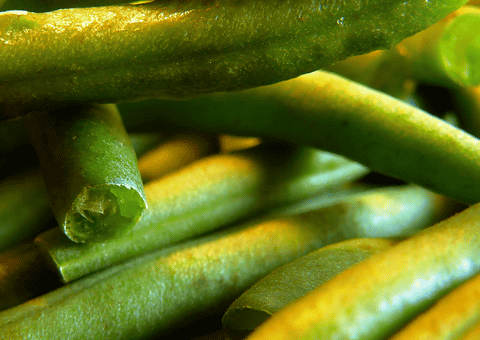
ByOliBac
Peanut (peanut)
Origin of South America. It was passed on to Europe Africa in the 16th century and then spread to Asia afterwards. It is said that it was introduced to China from China in the early 18th century.
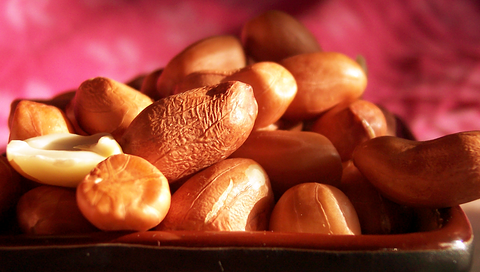
ByPapayatreelimited
· Sunflower (sunflower)
Although it is originated in North America, it was also regarded as the symbol of the sun god in the Inca Empire located in South America. It was brought to Spain in the 16th century and was also passed on to European countries and Japan in the 17th century.
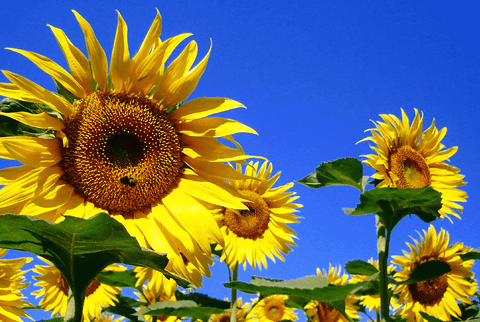
ByTwicepix
◆ Fruit
· Strawberries (strawberries)
Strawberries of South American Chilean straw brought back to Europe and North American Virginia strawberries were mated in the Netherlands in the 18th century and the now-eaten Dutch strawberry was born. It was imported from Japan to the Netherlands in the 19th century, cultivation began in Meiji era.
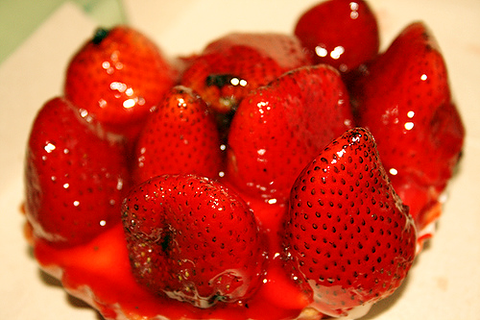
ByZaCky
·pineapple
Brazilian origin. It was brought to Europe in the early 16th century and it was transmitted to the tropical regions of Africa and Asia in a short period of time. It is said that it was reported to Japan in the late Edo period.
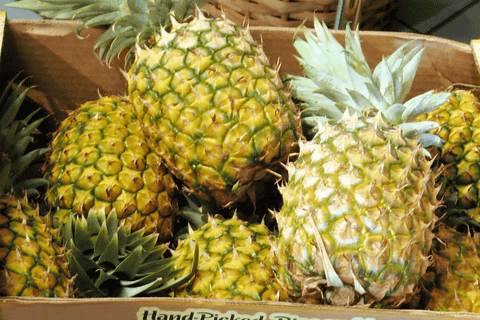
ByLrargerich
Acerola
Native to the West Indies. It was brought back to Europe by the Spaniard at the end of the 15th century. It is said to have entered Japan through the United States in 1958.

ByThiago_Lima
· Cacao
It is originated in Latin America. It was cultivated by the Mayan civilization and brought in by Columbus in Europe. After that it became familiar as luxury goods among the royal aristocracy of Europe, and plantation cultivation was done in Africa and so on. It is the first time that it was brought in Japan by the Dutch people during the Edo period.

ByKirti Poddar
·Avocado
It is originated in Central America and Mexico. It was cultivated from BC and was regarded as edible. Brought to Europe by the Spaniards in the 15th century, it has also been cultivated in the United States, Australia and later. It was the Taisho era that first came in Japan but it was not popular at that time and became attracting attention again in recent years.
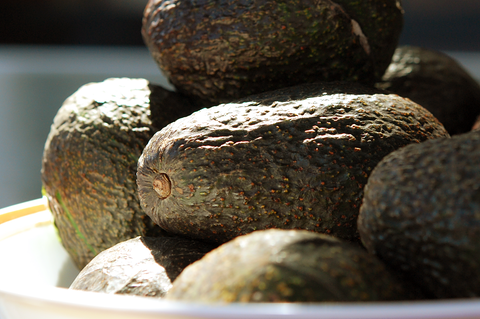
BySlgckgc
·passion fruit
Peru / Native to southern Brazil. It was passed on to Europe in the 17th century and then became cultivated in the tropics all over the world. By the way, "Passion" of this name means not "passion" but "passion of Christ". That is why the flower shape reminds me of the crucified crucifixion.
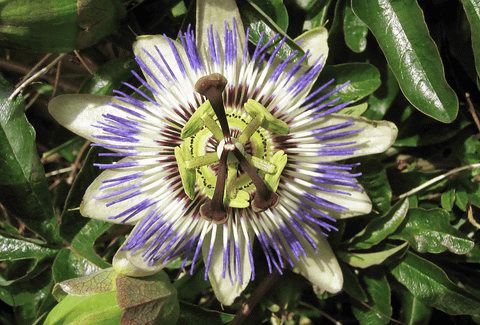
ByFoamcow
This fruit is like this

ByTania.Paz
· Guava
It is originated in Latin America. It was brought back to Europe since the 16th century and then began to be produced mainly in tropical countries. In Japan, cultivation has been started since the Taisho era.
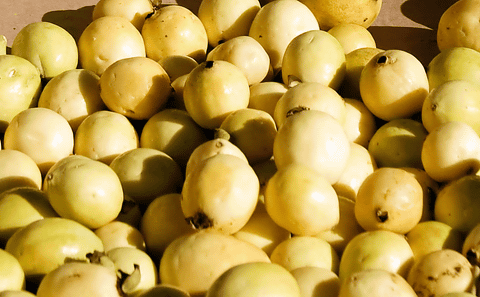
ByClayirving
Extra (can not eat)
· Tobacco (tobacco)
It is native to South America Andean. Columbus brought back, spreading the custom of smoking around the world. There is a theory that it was transmitted to Japan during the Keicho year (1596 - 1615), the theory that it was transmitted when the guns of 1543 were transmitted.

BySridgway
Related Posts:
in Food, Posted by darkhorse_log






